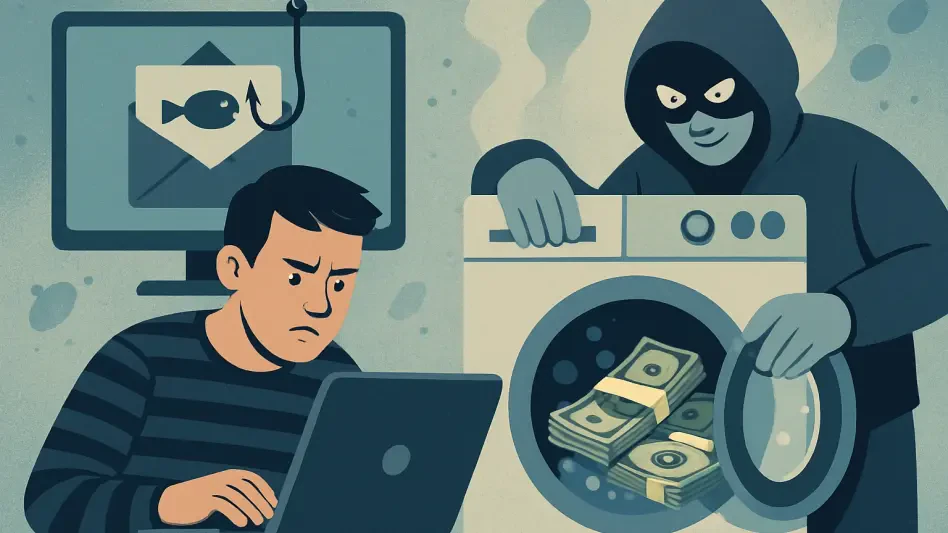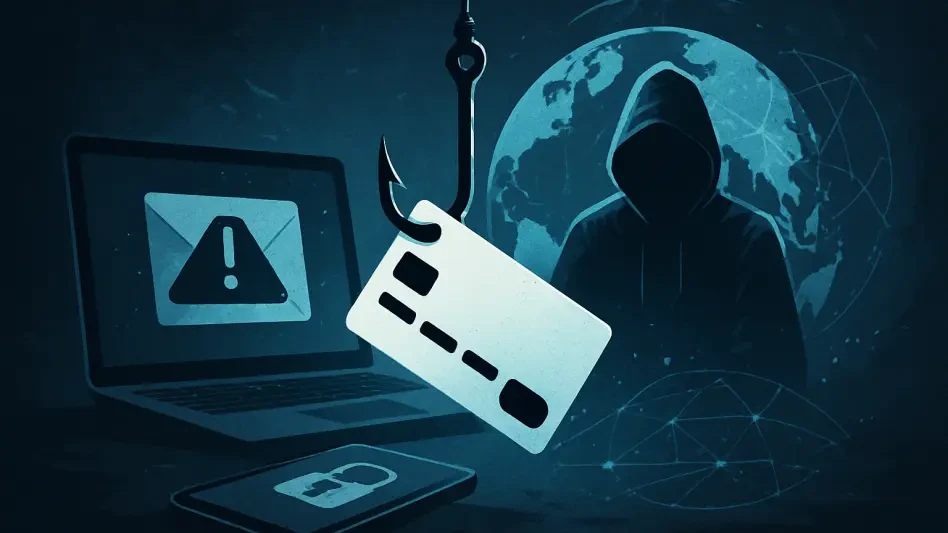In a groundbreaking legal decision, the Supreme Court recently mandated that banks reimburse customers victimized by internet scams, particularly phishing schemes. This landmark ruling marks a significant shift in liability, positioning financial institutions as accountable entities for compensating losses from fraudulent activities. At the core of this decision is a case involving Ibercaja, where the bank was compelled to refund nearly 60,000 euros to a customer whose account was breached through SIM swapping. By focusing on the bank’s responsibility, the court’s verdict, reflecting the European directive and Spanish regulations, underscores the necessity for banks to enhance their security protocols. It mandates the replacement of stolen funds unless the bank can conclusively demonstrate customer negligence, thus prioritizing consumer protection while signaling stricter compliance requirements for the banking industry.
The Shift in Banking Liability
This decision significantly alters the existing banking landscape, holding banks primarily accountable for unauthorized transactions and requiring them to bolster their fraud detection mechanisms. Historically, banks had been capable of deflecting responsibility through clauses entrenched in customer agreements, often blaming user errors such as careless handling of personal information. However, this ruling dismantles previous defenses, characteristically seen as loopholes, demanding immediate bank intervention to rectify fraud instances. The judgment indicates a profound consensus among judicial authorities that banks must no longer evade responsibility for phishing scams, asserting their obligation to secure customer funds. Banks must therefore invest in and maintain advanced technologies that can effectively monitor and flag suspicious activities, thus serving as the first line of defense against cyber threats.
The court’s decision aligns with broader efforts by government entities to curb cyber fraud, a menace that thrives through common vectors such as phone calls and SMS. By placing substantial expectations on banks, the ruling complements existing governmental strategies aimed at minimizing cybercrime, forming a robust framework designed to protect consumers. Despite these heightened protections, the ruling acknowledges that user vigilance remains indispensable, cautioning individuals against disclosing personal details online or mismanaging app permissions. The shared responsibility underscores a significant narrative: while banks are tasked with cybersecurity enhancements, customers must actively engage in safeguarding their information against potential breaches.
Implications for Cybersecurity Measures
The Supreme Court’s ruling compels banks to implement more sophisticated cybersecurity measures as part of their operational priorities. By underscoring banks’ liabilities in phishing scams, this judgment drives institutions to reevaluate and update their defenses against unauthorized transactions. This shift necessitates a significant modernization of banking practices and serves as a catalyst for industry-wide reforms aimed at fortifying cybersecurity frameworks. Banks, now obliged to hold more robust detection and interception systems, are prompted to advance their technological capacities in safeguarding customer accounts. The ruling challenges banks to consistently innovate in their security solutions, increasingly employing artificial intelligence and machine learning algorithms to anticipate and address potential threats efficiently.
Furthermore, the ruling symbolizes a pivotal moment in the collective battle against phishing, an ever-evolving form of cybercriminal activity. It establishes a precedent wherein the onus is squarely placed on banks to ensure customer protection at every interaction level. This shift pushes institutions to become proactive in their approach, bridging the gap between emerging threats and existing security measures. Ultimately, the ruling indicates more than regulatory changes; it encourages banks to partake in continuous development and adaptation to counteract the evolving tactics employed by cybercriminals.
Government Strategies and Customer Vigilance
The Supreme Court’s judgment is a critical component in the broader governmental initiative aimed at combating cyber fraud. Government bodies have been increasingly active in curbing the channels utilized in phishing, including deceptive phone calls and SMS. A ministerial directive restricting commercial calls is one recent endeavor dedicated to preventing unauthorized access to personal data. This synchronized effort amplifies the ruling’s intent to better secure financial transactions by mitigating common cyber threats. Moreover, these measures collectively spotlight the collaborative dynamic between regulatory authorities and banking institutions in securing online financial interactions.
Despite substantial advancements in defenses against cyber threats, individuals bear intrinsic responsibilities to protect their data integrity. The collective security architecture benefits from customer intuition and prudence, dissuading scams by cautious interaction with unknown sites and restrictive permissions on mobile applications. By fostering a culture of awareness and vigilance among users, the broader defense against phishing scams is strengthened, complementing the judicial and governmental directives. The balance between institutional safeguards and customer accountability shapes a comprehensive protection strategy that may significantly reduce phishing incidents.
Future Considerations for Cybersecurity and Banking Practices
This decision brings a monumental shift to the banking sector by primarily holding banks accountable for unauthorized transactions and compelling them to enhance their fraud detection systems. In the past, banks frequently sidestepped responsibility by leveraging clauses in customer agreements, often attributing incidents to user mistakes like careless management of personal data. Yet, this ruling dismantles those defenses, commonly considered loopholes, demanding banks promptly address and remedy fraud instances. The judgment signals a judicial consensus that banks must not shirk accountability for phishing scams, urging them to safeguard customer funds robustly. Consequently, banks are directed to invest in and maintain state-of-the-art technologies capable of effectively monitoring and flagging suspicious activities, establishing themselves as the frontline defense against cyber threats. This aligns with broader governmental efforts to combat cyber fraud, reinforced by threats like phishing calls and SMS. Despite these enhanced protections, the ruling emphasizes the enduring necessity of user vigilance in protecting personal information and managing app permissions responsibly.








